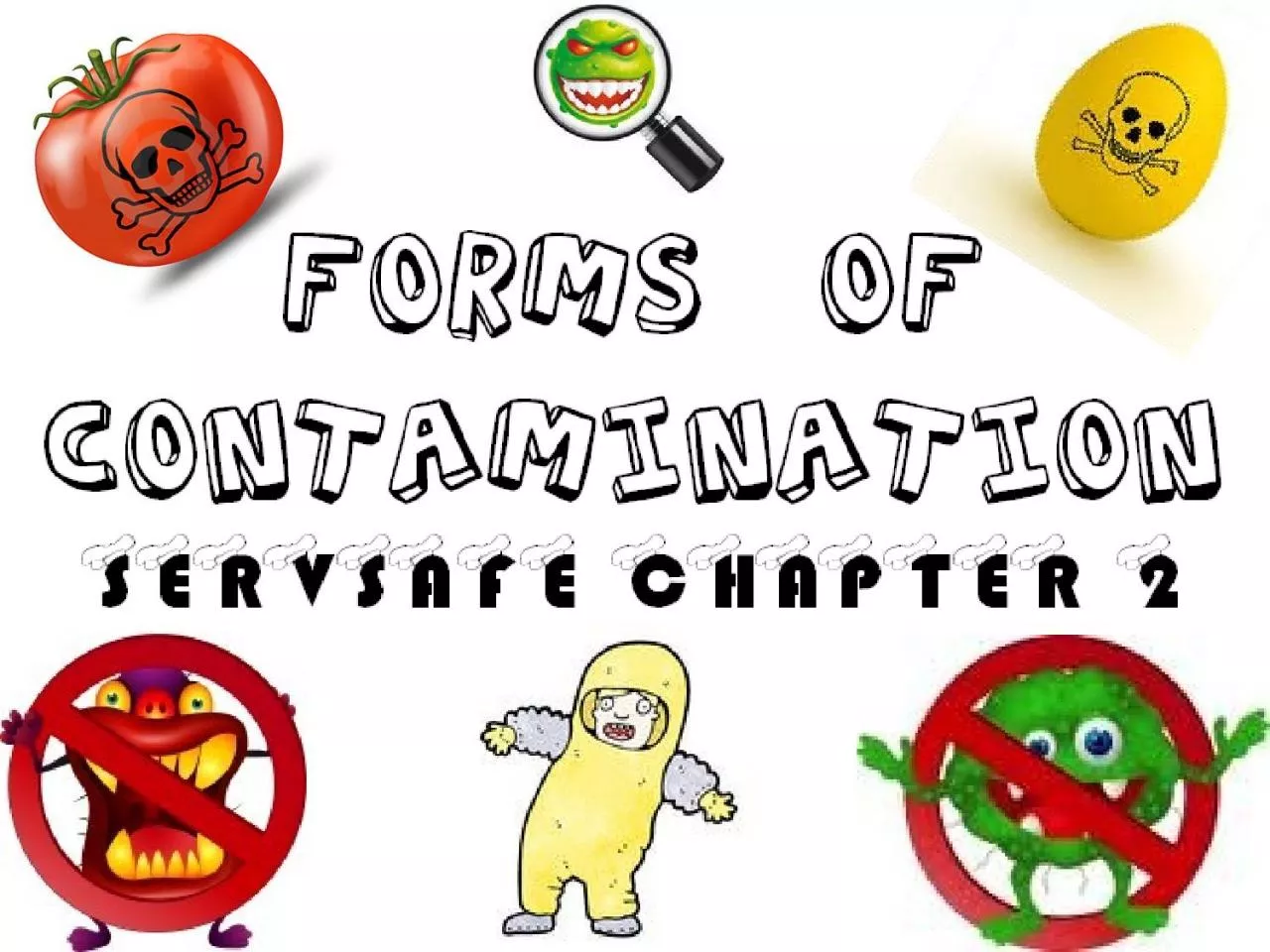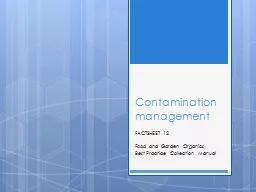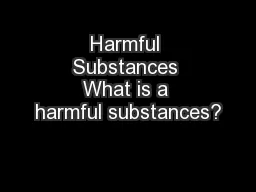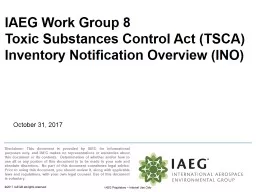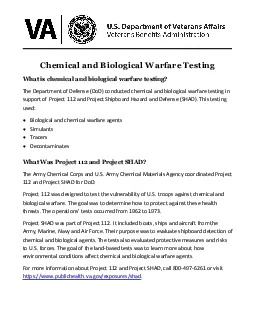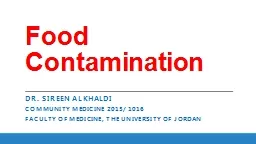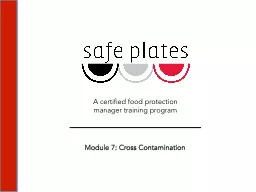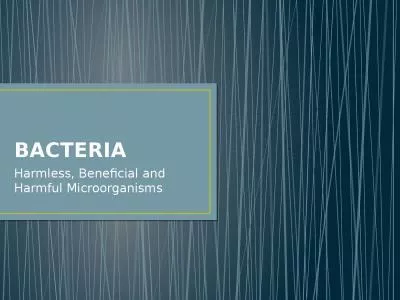PPT-Contamination- the presence of harmful substances (biological, chemical or physical) in
Author : emily | Published Date : 2024-02-02
Can be contaminated on purpose but most cases are accidents Animals used for food Air contaminated water and dirt People From person to person Through sneezing
Presentation Embed Code
Download Presentation
Download Presentation The PPT/PDF document "Contamination- the presence of harmful s..." is the property of its rightful owner. Permission is granted to download and print the materials on this website for personal, non-commercial use only, and to display it on your personal computer provided you do not modify the materials and that you retain all copyright notices contained in the materials. By downloading content from our website, you accept the terms of this agreement.
Contamination- the presence of harmful substances (biological, chemical or physical) in: Transcript
Download Rules Of Document
"Contamination- the presence of harmful substances (biological, chemical or physical) in"The content belongs to its owner. You may download and print it for personal use, without modification, and keep all copyright notices. By downloading, you agree to these terms.
Related Documents

